'I Didn't Think I'd Walk Again... Now I Can't Think Of My Life Without Golf'
Double amputee Kushal Limbu recounts the day in Afghanistan that changed his life and tells how golf has been an integral part of his rehabilitation...


Nick Bonfield
After an early start, I find myself sitting in the clubhouse at The Ridge Golf Club near Maidstone in Kent with photographer Howard Boylan awaiting the arrival of my playing companion. It will be a day of firsts for me: the first time I’ve played this course even though it’s less than an hour from home; the first time I’ve met someone from Nepal; and the first time I’ve played with a double below-the-knee amputee.
I’m feeling abnormally nervous for someone who has been doing this job for 25 years, but Kushal Limbu quickly puts me at ease when he walks in with a warm smile. Soon we’re standing on the first tee as the rain begins to fall steadily and the proposed 18-hole match is hastily shortened to nine. But that doesn’t matter – I’m not really here to write about the golf we played that day but rather about this extraordinary man’s tale of tragedy, rehabilitation, resilience, determination, achievement and more.
For the record, Kushal outdrives me on the 1st (not the only time) and calmly rolls a 60-footer stone-dead on the final hole to seal a 1-up victory. Such gutsiness in a non life-and-death situation comes as no surprise from a man who, during his time as a Gurkha in Afghanistan, faced life-and-death situations that were all too real.
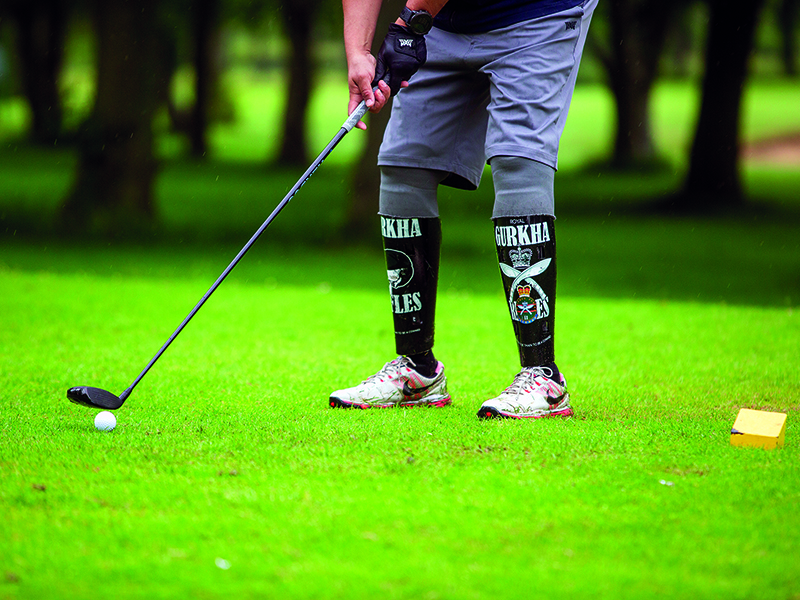
Life-changing moment
Kushal grew up in a military family. His father, uncle and grandfather all served in the Gurkhas and Kushal always wanted to follow in their footsteps. He joined the British army in 2002. Like many, the big appeal was to see the world, with any darker thoughts of what a military career could potentially entail pushed to one side. “I don’t think I thought about that,” he tells me. “You’re just thinking about joining. Once I joined and did my training, obviously I started to understand the reality of what could be or what could happen.”
Tragically for Kushal, what could happen did happen on his second tour of Afghanistan in 2008. He takes up the story of the fateful day that changed his life in his mid-20s: “I’d been there about a month. I was attached to this tank regiment. As we were coming back from a patrol, we were inside the tank and it was blown up by a big pressure-pad IED (improvised explosive device).
“I lost both legs, but unfortunately we lost one of my good friends in that same incident. He was sitting next to me, like you and me are sitting here. I was flown back to the UK the following day and had so many surgeries that I can’t remember how many. I had been married for one year at the time and my wife was still in Nepal. They informed my family about what happened and my wife and dad came over from Nepal three or four days later. I was in the hospital and one day I saw my father and my wife stood by the bedside.”
We pause for a moment as I try to take in the magnitude of what Kushal has just told me in such a calm and collected way. “Yeah, if I think about lying on my bed in the hospital, I didn’t think I would be walking again,” he admits. “I didn’t know about prosthetics at the time. I was completely unaware of how prosthetic legs worked and hadn’t met many amputees in my life, so I didn’t have any idea.
Get the Golf Monthly Newsletter
Subscribe to the Golf Monthly newsletter to stay up to date with all the latest tour news, equipment news, reviews, head-to-heads and buyer’s guides from our team of experienced experts.
“I think it was the same for my family – they pretty much thought I was going to end up in a wheelchair all the time. But I did my rehab at Headley Court in Surrey for one or two years and that’s where I got my first prosthetic legs. That’s how I started my recovery.”
The modern medical world, while unable to cure all ills or restore all bodies fully, is certainly able to work wonders that can transform a badly injured person’s life. There’s no doubt that discovering the potential of prosthetics brought at least a degree of hope back into Kushal’s shattered world.
I ask what his first tentative steps felt like. “It was quite weird,” he smiles. “I’m not going to go into detail but, basically, they started with a very soft kind of cushion because the wounds were still fresh. I think I tried them one or two months after my incident. I hadn’t been on my feet for two months so it was quite a weird feeling to stand, obviously with the help of the stable bar. But I was very excited because I knew I would be able to walk one day. It was quite amazing, actually.”
Space doesn’t permit more detail of Kushal’s long road to recovery, but suffice to say, it wasn’t too long before he had his sights set not just on walking, but also running, for it was to the more energetic world of sprinting that he first turned before later moving on to golf. “When I had my first prosthetic legs, I started to look on YouTube,” he says. “You know – how things work and the things I could do with my prosthetics. I saw amputees running with blades and decided I wanted to do that because I used to sprint in my school days. Eventually, the prosthetic centre gave me my first running blades and I did my training at Ashford Athletic Club. Obviously there weren’t many amputees, so I trained with the able-bodied athletes, and it was quite fun.

Success on the track
Turns out he was rather good at sprinting with his new legs – in fact, good enough to make Team GB for the 2014 Invictus Games in London and the 2018 edition in Sydney, and good enough “to win a few medals as well” he says with unwarranted modesty. Those few medals included Gold in the 200m and Silver in the 100m in London in the IT1 category (single or double below-the-knee amputees), then Gold in both those events in Sydney, along with medals in both Games in the 100m relay and mixed team sitting volleyball.
As with all sprinters, though, the passage of time eventually catches up with you and you need another outlet to fuel your competitive desire. That’s where golf comes into the story, although Kushal had actually started playing in 2014. “We have few golf courses in Nepal – five or six maybe – and I never played golf,” he tells me. “I never thought I would have played even when I came to the UK. I saw people going early in the morning with their golf bags and used to think I would never play that. But after a few years, I started golf as part of my rehab – one of my recovery officers took ten or 15 injured Gurkhas to a range and asked us to hit some balls. I just loved it.”

Celebrating Invictus Games Gold in the IT1 100m in Sydney in 2018
Transition to golf
Progress, as with most things in Kushal’s world it seems, was rapid. “I started with a 28 handicap but didn’t stay 28 for long because I picked it up quite well,” he grins. “I was down to 18 in a few months, stayed there for a while and now I’m down to 9.5, so I’m really proud of myself.” So he should be, for between his two Invictus Games he also fought his way on to the GB team for the 2015 Simpson Cup, an annual 13-a-side tournament between British and American injured servicemen and veterans run by the On Course Foundation.
He has now played in three Simpson Cups and, when we spoke, had his eyes set firmly on this autumn’s event at Shinnecock Hills in New York, telling me he was exempt into the second stage of qualifying at London Golf Club. I ask if he feels confident. “At the moment, yes,” he replies. “I know where my weaknesses are and I’m working on it, so I’m pretty confident. I have a good chance this year, I think.”
And those weaknesses? “Oh, that’s easy – my irons,” is the instant response. “Off the tee is really good, I think, but when it comes to the longer irons, I struggle a little. There’s not much I can generate from my legs obviously. My legs are there to balance my posture. I can use my hips a little bit but my swing is more upper body and arms. I’m quite an arm-dominant person as well, even before my injury. Obviously, I need to counter that, otherwise I tend to hook my irons. If I swing hard, my upper body kind of takes over.”
As I write this two months later I check out the 2024 Simpson Cup team and am not surprised to see Kushal’s name on the team sheet. But how far does he think he can take his golf? “Getting to scratch is the ultimate goal,” he says, “but that will be hard because of the nature of my injury. I’m going to lose some shots somewhere in 18 holes. If you see my swing or my golf game, you might say, ‘Oh, that guy can play a lot lower than 9.5.’ But at some stage during 18 holes, I’ll struggle because of the slopes and the rough, where my prosthetics are going to react differently. My goal would be to get down to 5 or 6 at least. I think I should be able to play to that some day.”
As a parting shot, I ask what he most loves about golf and how big a part it now plays in his life. “It’s a big part of my life,” he enthuses. “I can’t think of my life without golf now. It’s been ten years and I think I’m going to play a lot more in the years to come. Golf is the only thing that unites me with my older friends and lets me compete with them.
“When I’m playing golf, I kind of forget I have prosthetic legs – there’s a freedom I get when I play golf. My friends tell me they appreciate the fact I’m playing to 9.5 having lost both legs. When I hear that from my friends, it gives me an extra boost in life – I’m proud of myself when I hear that.”

Limbu is involved with PXG for Heroes
PXG for heroes
The PXG for Heroes programme serves as a thank you to former and current military personnel and first responders, offering special pricing on PXG clubs, apparel and accessories and early access when new clubs are launched. For Kushal, the relationship goes a little further…
How did you come to get involved with PXG for Heroes?
A good friend of mine, Mark, from the On Course Foundation approached me and said they were looking for someone to represent the brand for the Heroes programme. He’d told them, ‘This is the guy you might be interested in.’ They called me and asked if I would be happy to be an ambassador and I was delighted when they said that.
What are your commitments as a PXG for Heroes ambassador?
I do have a few things coming up this year. The deal is that I have to go to certain charity days and play using their clubs and wearing their clothes and talk about how the Heroes programme works.
So you get to try all the new gear?
Yes. Whenever new PXG equipment comes on the market I get to try it and use it for free.
What is your favourite PXG club?
It has to be the driver. Who doesn’t like the driver? I got fitted for the latest Black Ops. It sounds great and I think there’s more distance, so yeah, I like my driver.

Jeremy Ellwood has worked in the golf industry since 1993 and for Golf Monthly since 2002 when he started out as equipment editor. He is now a freelance journalist writing mainly for Golf Monthly. He is an expert on the Rules of Golf having qualified through an R&A course to become a golf referee. He is a senior panelist for Golf Monthly's Top 100 UK & Ireland Course Rankings and has played all of the Top 100 plus 91 of the Next 100, making him well-qualified when it comes to assessing and comparing our premier golf courses. He has now played 1,000 golf courses worldwide in 35 countries, from the humblest of nine-holers in the Scottish Highlands to the very grandest of international golf resorts. He reached the 1,000 mark on his 60th birthday in October 2023 on Vale do Lobo's Ocean course. Put him on a links course anywhere and he will be blissfully content.
Jezz can be contacted via Twitter - @JezzEllwoodGolf
Jeremy is currently playing...
Driver: Ping G425 LST 10.5˚ (draw setting), Mitsubishi Tensei AV Orange 55 S shaft
3 wood: Srixon ZX, EvenFlow Riptide 6.0 S 50g shaft
Hybrid: Ping G425 17˚, Mitsubishi Tensei CK Pro Orange 80 S shaft
Irons 3- to 8-iron: Ping i525, True Temper Dynamic Gold 105 R300 shafts
Irons 9-iron and PW: Honma TWorld TW747Vx, Nippon NS Pro regular shaft
Wedges: Ping Glide 4.0 50˚ and 54˚, 12˚ bounce, True Temper Dynamic Gold 105 R300 shafts
Putter: Kramski HPP 325
Ball: Any premium ball I can find in a charity shop or similar (or out on the course!)
- Nick BonfieldFeatures Editor
-
 Chevron Championship Tee Times: Rounds One And Two
Chevron Championship Tee Times: Rounds One And TwoA look at when the players are teeing it up in the opening two rounds of the Chevron Championship - the first women's Major of the year
By Mike Hall
-
 Charley Hull Social Media Video Reveals Brutal Weather Conditions Ahead Of Chevron Championship
Charley Hull Social Media Video Reveals Brutal Weather Conditions Ahead Of Chevron ChampionshipCharley Hull has added a video to her Instagram stories showing strong wind and heavy rain in Texas ahead of the first women's Major of the year
By Mike Hall
-
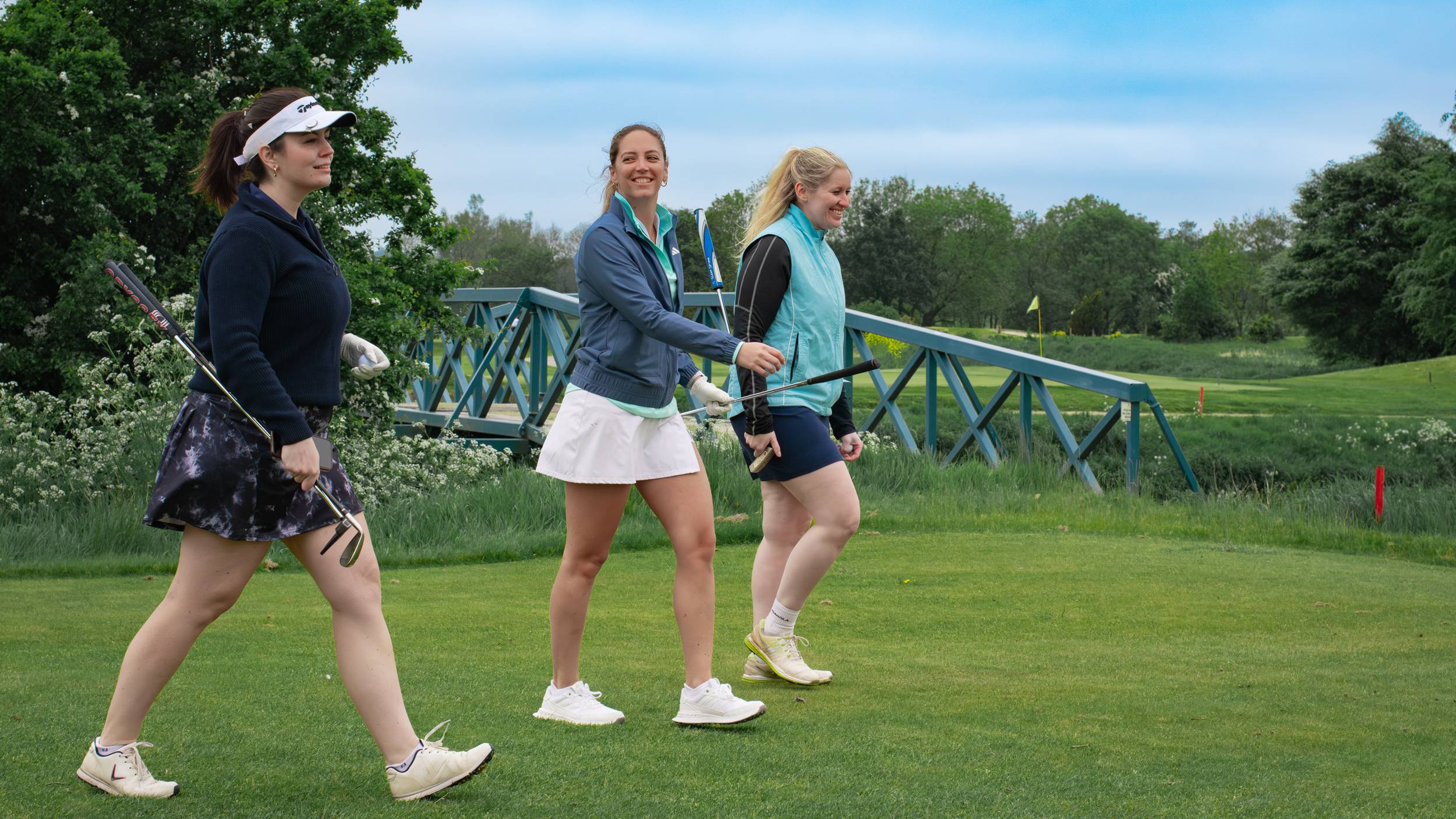 ‘I Want To Play Golf, But…’ - The Women Redefining Golf On Their Own Terms
‘I Want To Play Golf, But…’ - The Women Redefining Golf On Their Own TermsTo coincide with #AccelerateAction, the theme for International Women's Day, we highlight the way female golfers are driving change
By Alison Root
-
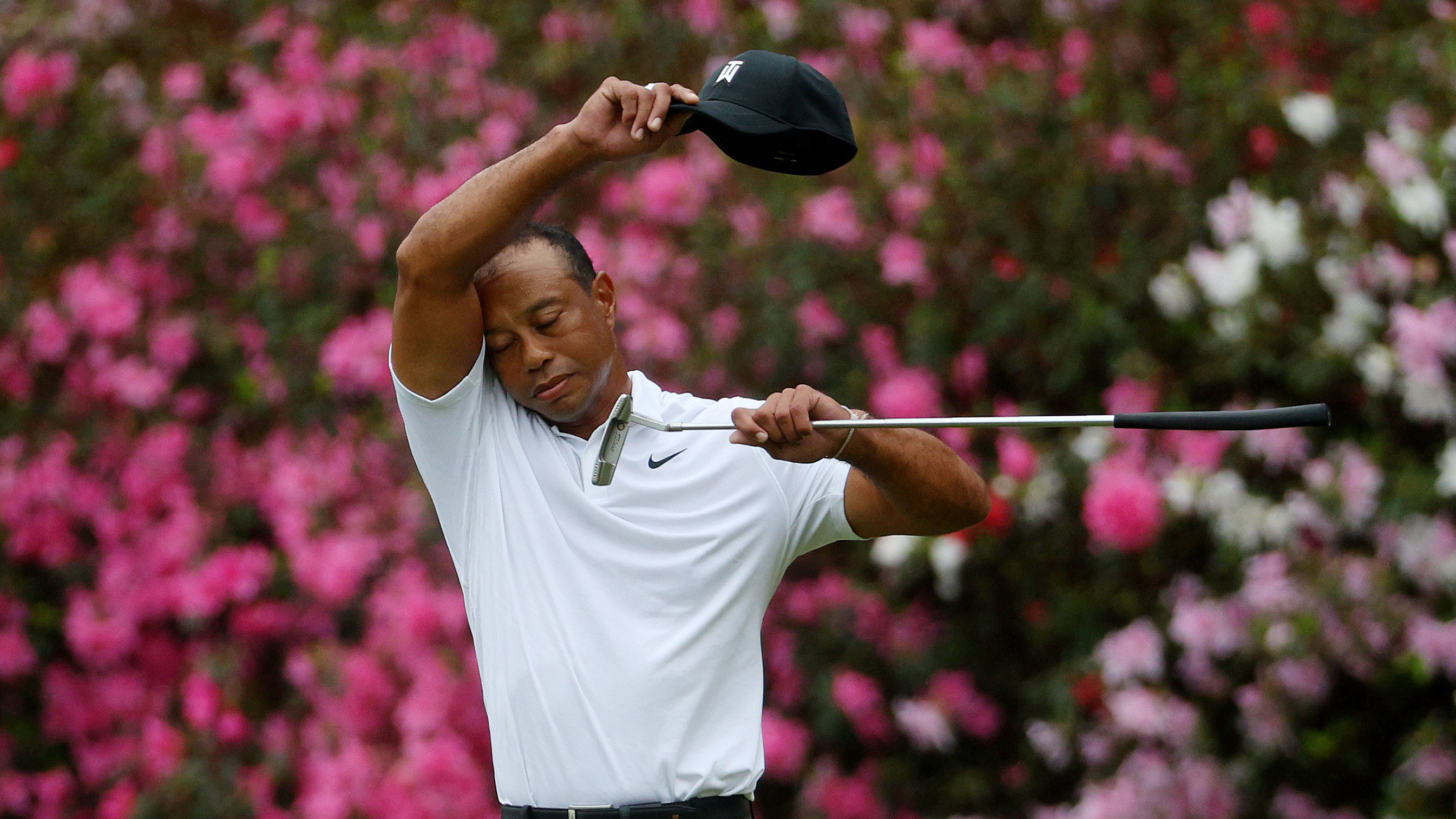 'He Nearly Fresh Aired It. It Came Off The Heel And Almost Hit His Foot' – Legendary Caddie Recalls The Worst Shots He's Ever Seen Tiger Woods Hit
'He Nearly Fresh Aired It. It Came Off The Heel And Almost Hit His Foot' – Legendary Caddie Recalls The Worst Shots He's Ever Seen Tiger Woods HitThe 19th Uncut podcast co-host and legendary caddie Billy Foster looks back on two shots that Tiger Woods will want to forget..
By Mark Townsend
-
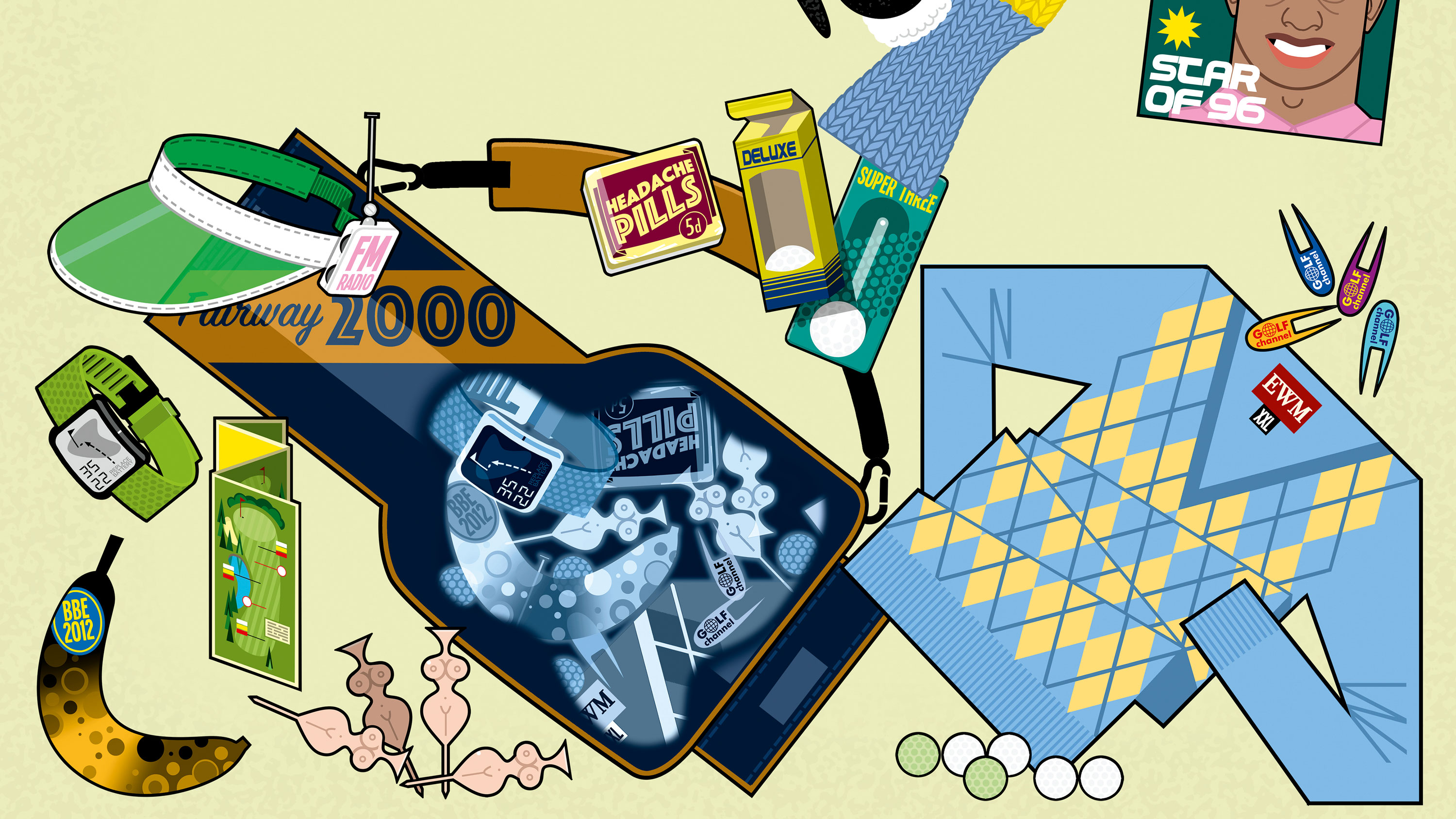 What Lies Beneath? The 8 Items You’re Likely To Find Buried In Golfers’ Bags
What Lies Beneath? The 8 Items You’re Likely To Find Buried In Golfers’ BagsGolf bags are home to balls, clubs and valuables, but there’s typically much more lurking in the depths that hasn’t seen the light of day in months or even years…
By Nick Bonfield
-
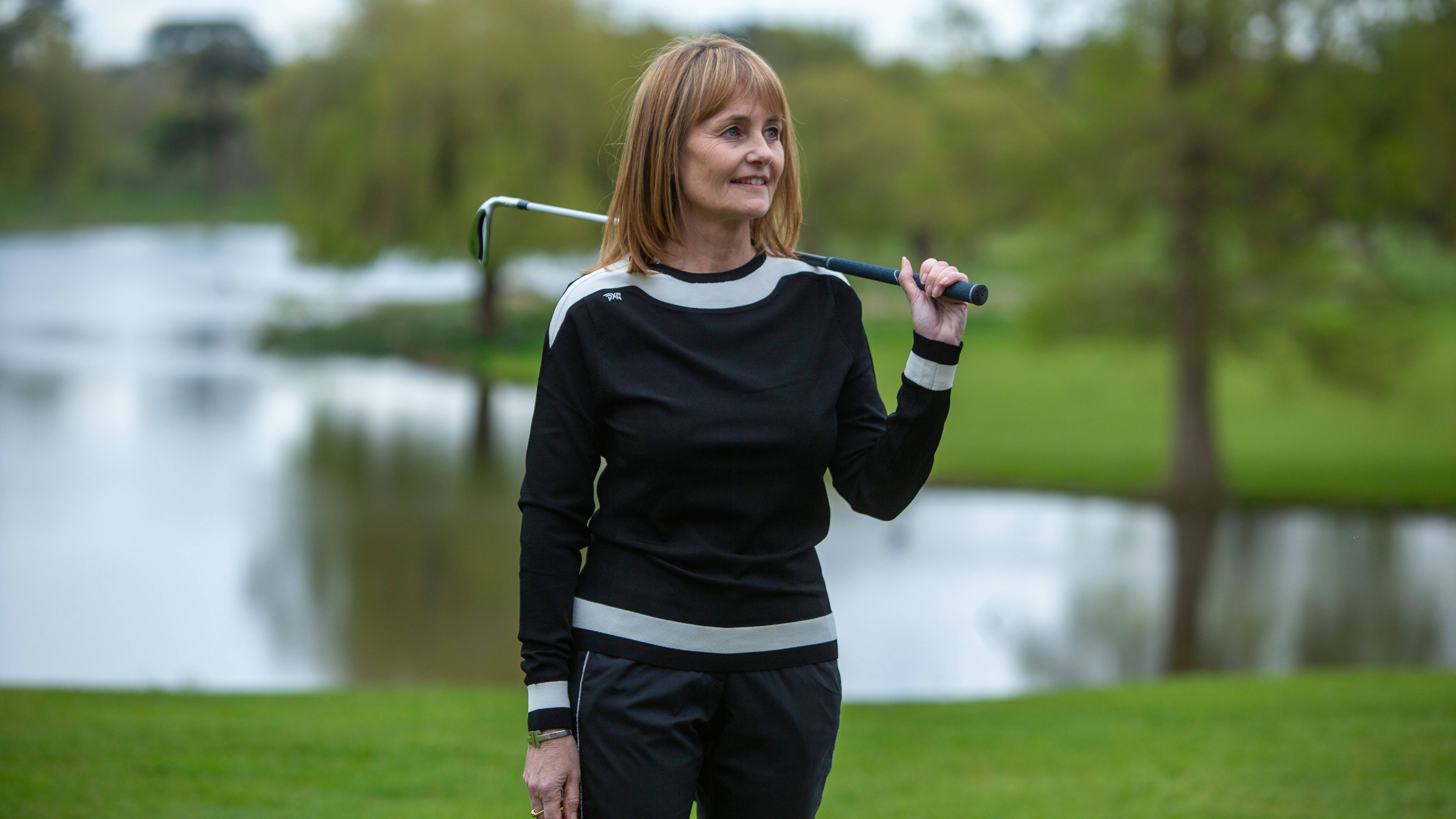 I Missed My Golf Club Membership So Badly (For Reasons That Might Surprise You) But I'm So Glad I've Rejoined...
I Missed My Golf Club Membership So Badly (For Reasons That Might Surprise You) But I'm So Glad I've Rejoined...Our Women's Editor Alison Root has rejoined a golf club and believes it is one of the best decisions she has ever made
By Alison Root
-
 'I Became The Middleman, Players Would Sometimes Come To Me First' - Solheim Cup Player Anna Nordqvist On Her Dual Role
'I Became The Middleman, Players Would Sometimes Come To Me First' - Solheim Cup Player Anna Nordqvist On Her Dual RoleWe sat down with Anna Nordqvist as she prepares for her 9th Solheim Cup appearance and a second time as playing-assistant captain
By Alison Root
-
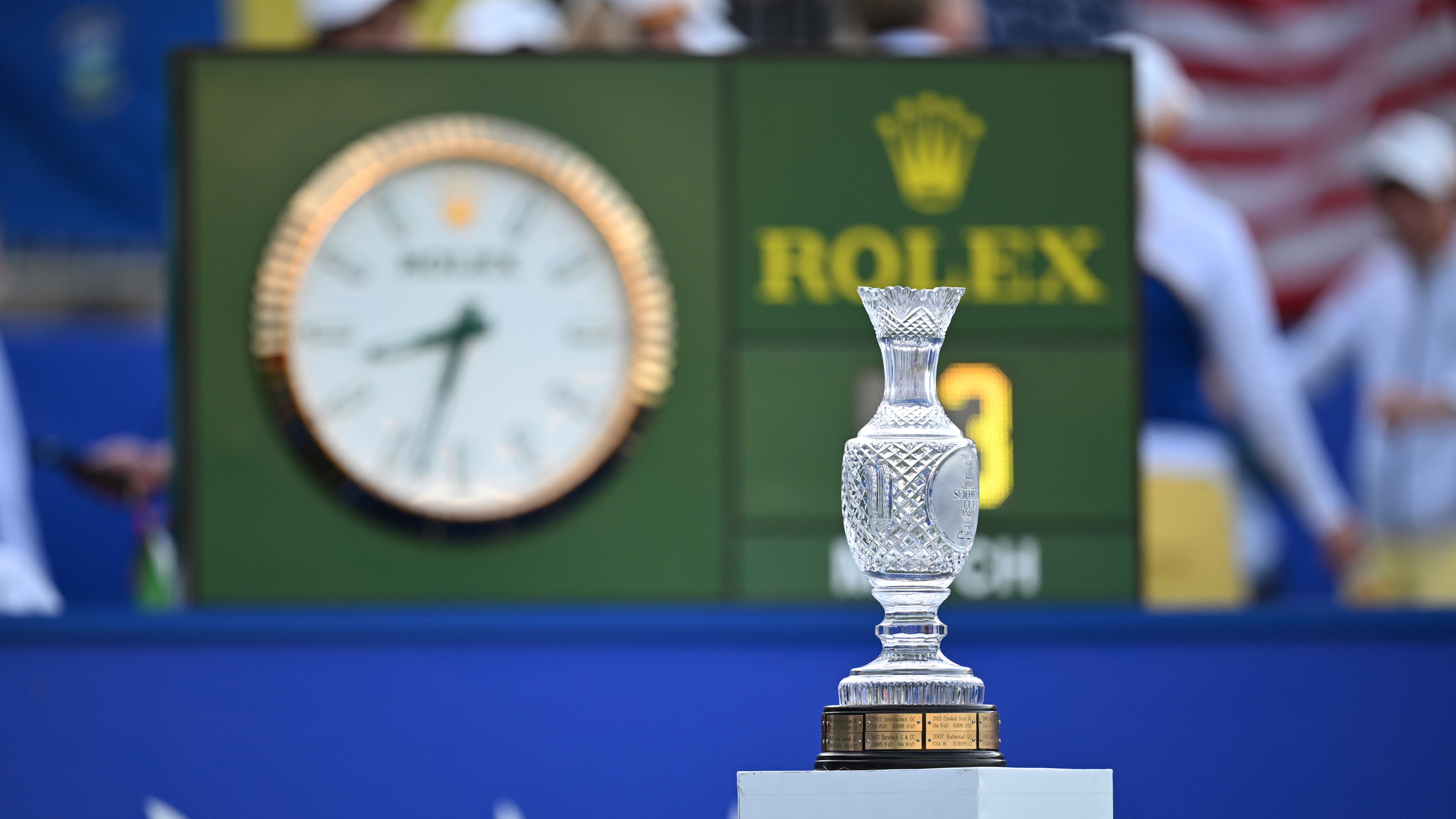 Another Exciting Spectacle Of Golf Is Set To Unfold... Our In-Depth Preview Of The Solheim Cup
Another Exciting Spectacle Of Golf Is Set To Unfold... Our In-Depth Preview Of The Solheim CupWhat can we expect from the 19th edition of the Solheim Cup?
By Alison Root
-
 An In-Depth Preview To The AIG Women's Open, The Major Everyone Wants To Win....
An In-Depth Preview To The AIG Women's Open, The Major Everyone Wants To Win....Who will lift the coveted AIG Women's Open trophy? Reflection and predictions for the final women's Major of the year
By Alison Root
-
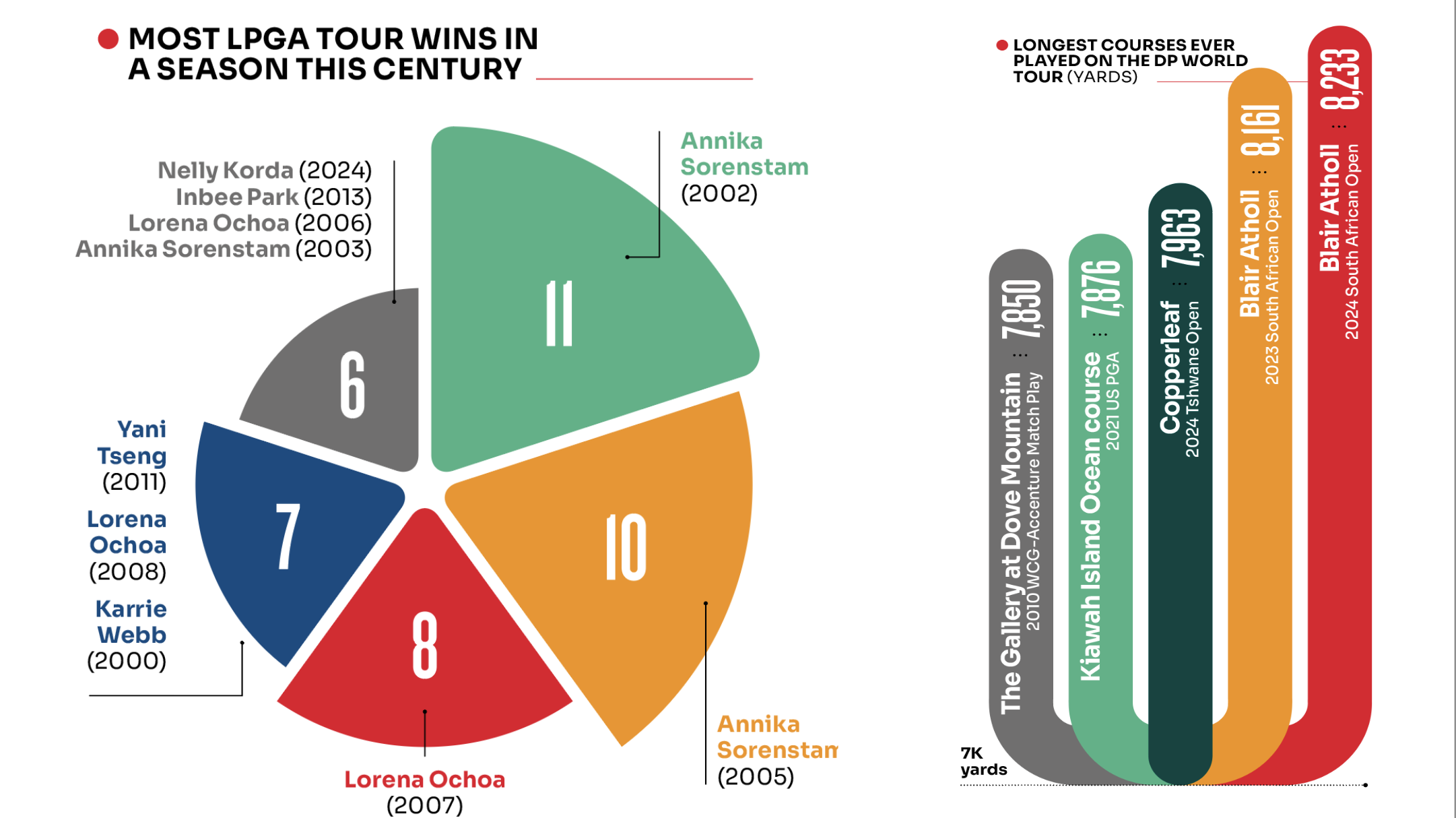 Monthly Trivia Special: Impressive Stats, Facts and Figures From Around The Golfing World
Monthly Trivia Special: Impressive Stats, Facts and Figures From Around The Golfing WorldAre you interested in golf trivia and keen to learn more about stand-out performances in the men's and women's professional games? You've come to the right place...
By Nick Bonfield